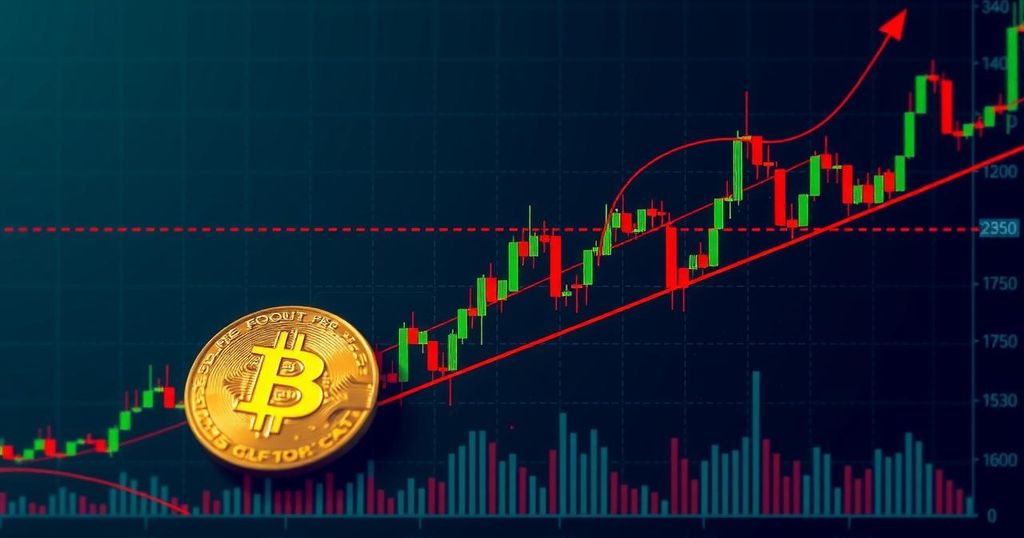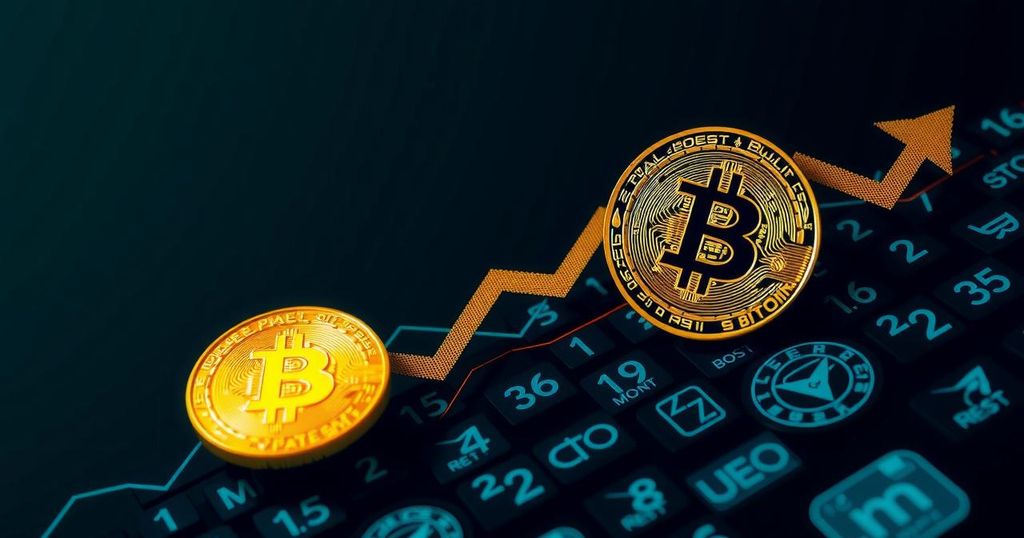Lightning Network Value Correlates Directly with Bitcoin Price, Report Shows
A recent study confirms a direct correlation between the value of the Lightning Network and Bitcoin’s price, particularly emphasizing the significance of the max flow metric for assessing network performance. As Bitcoin’s price increases, so does the capacity for larger transactions within the Lightning Network. This development may encourage greater institutional adoption, allowing for higher transaction volumes with lower fees while maintaining a reliable payment infrastructure.
A recent report indicates that the value of the Lightning Network is intrinsically linked to the price of Bitcoin. The research emphasizes that the metric known as max flow, which denotes the network’s maximum transaction capability, is crucial for evaluating the Lightning Network’s true worth as a Bitcoin layer-2 (L2) solution. CEO Jesse Shrader of Amboss Technologies asserts that as the price of Bitcoin rises—recently noted at $67,162—the payment infrastructure within the Lightning Network adapts accordingly, accommodating larger payments similarly to how micropayments are presently managed. He illustrated this by stating, “It is like your dial-up internet became broadband because the Bitcoin price went up.” Furthermore, measuring max flow will be pivotal for determining the Lightning Network’s increasing value, as conventional metrics, such as node and channel counts, do not provide a complete picture of Bitcoin’s scalability. Max flow also serves to assess payment reliability, revealing how the success rate of transactions is affected by varying payment sizes. The effectiveness of Bitcoin payments on the Lightning Network cannot be captured solely by the number of nodes; thus, understanding max flow is essential to measuring transaction efficiency and identifying potential liquid bottlenecks. The report detailed how if a channel varied in liquidity, such that it holds 0.1 BTC at a Bitcoin price of $50,000, it could facilitate a $5,000 transaction. If Bitcoin doubles to $100,000, that same channel would then handle $10,000 without infrastructure modifications. The potential for the Lightning Network’s expanding capacity appears promising for institutional investment, as it necessitates a scalable and reliable blockchain payment system. Mr. Shrader elaborated that with enhanced channel capacity and better liquidity distribution, more institutions could engage with the Lightning Network. He also stated that growing capacity would offer institutions the ability to process larger transactions with reduced fees, thereby promoting offchain activity as organizations utilize Lightning for settlement transactions. Presently, the Lightning Network holds a total value locked exceeding $346 million, establishing it as the third-largest protocol within the Bitcoin ecosystem.
The Lightning Network is a layer-2 scaling solution for Bitcoin that enables quick and cost-efficient transactions. Its foundational principle lies in creating payment channels between users to facilitate transactions off the Bitcoin blockchain, enhancing scalability and reducing costs typically associated with onchain transactions. The growing interest in this technology is mirrored by institutional demand for more effective blockchain infrastructures, highlighting the importance of metrics that accurately reflect the Network’s capability, such as max flow. This sharpens the focus on evaluating how effectively transactions can be conducted, particularly as Bitcoin continues to gain value.
In conclusion, the report substantiates the argument that the Lightning Network’s value is closely tied to Bitcoin’s price fluctuations, with max flow serving as an essential metric for assessing this relationship. As Bitcoin appreciates, the efficiency and capability of the Lightning Network are expected to increase, potentially attracting substantial institutional interest. Overall, the Lightning Network is a vital aspect of Bitcoin’s ecosystem, signifying an advancement in blockchain transaction functionalities.
Original Source: cointelegraph.com







Post Comment